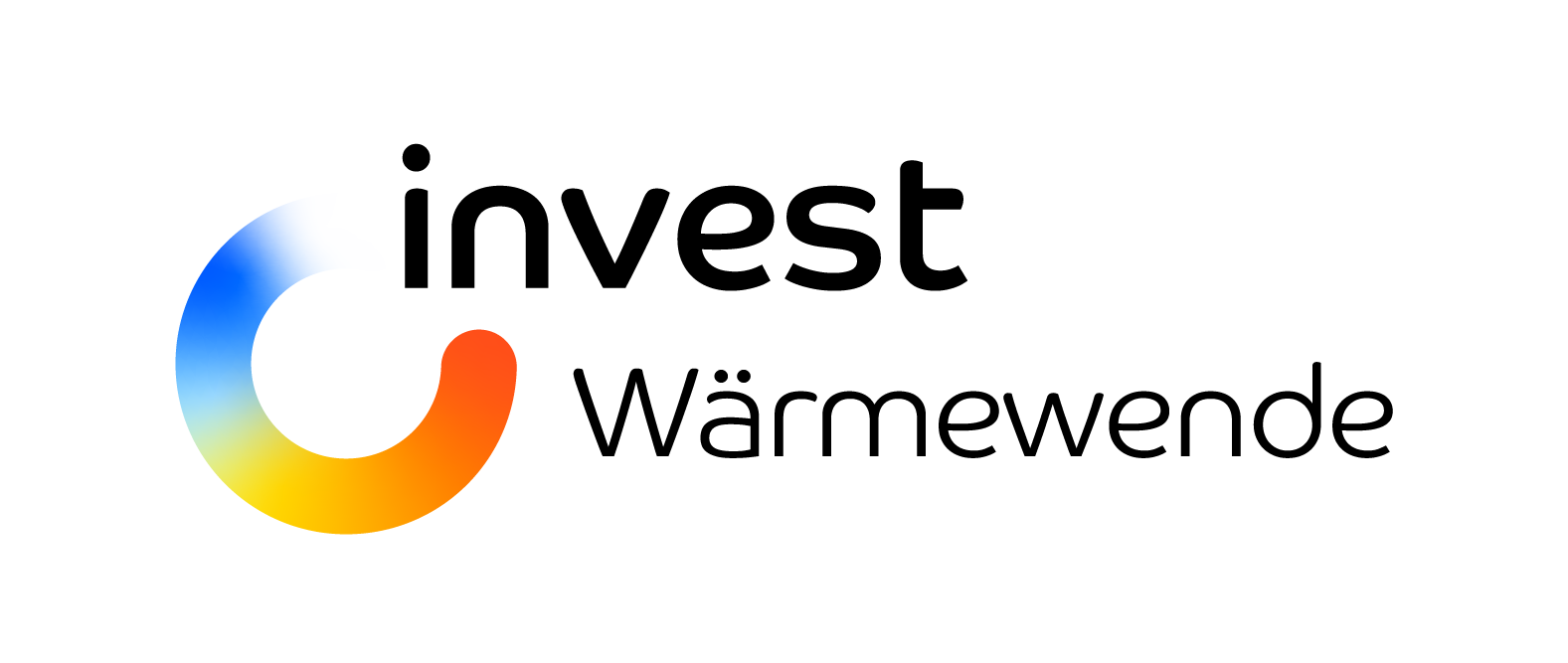
Diese Publikationen haben uns bei unserer Arbeit sehr geholfen:
Allcott, H. and Wozny, N. (2014) Gasoline Prices, Fuel Economy, and the Energy Paradox. The Review of Economics and Statistics, 96, 779-795.
Aydın, E., Eicholtz, P., & Holtermans, R. (2019). Split incentives and energy efficiency: evidence from the Dutch housing market. Working Paper, Sabanci University.
B&SU (2020) Das Quartier als Schlüssel zur Steigerung der Sanierungsrate. https://www.deutscher-verband.org/fileadmin/user_upload/documents/Brosch%C3%BCren/3_plus-Broschuere_gesamt_FINAL.pdf
Bardi U (2009) Peak oil: The four stages of a new idea. Energy 34(3): 323-326. DOI: https://doi.org/10.1016/j.energy.2008.08.015
BDI (2018) Klimapfade für Deutschland. https://bdi.eu/publikation/news/klimapfade-fuer-deutschland/
BMWi (Bundesministerium für Wirtschaft und Energie) (2020) Zahlen und Fakten: Energiedaten. https://www.bmwi.de/Redaktion/DE/Binaer/Energiedaten/energiedaten-gesamt-xls.html
dena (Deutsche Energie-Agentur) (2018) dena-Leitstudie Integrierte Energiewende: Impulse für die Gestaltung des Energiesystems bis 2050. https://www.dena.de/fileadmin/dena/Dokumente/Pdf/9261_dena-Leitstudie_Integrierte_Energiewende_lang.pdf
dena (Deutsche Energie-Agentur) (2019) dena-GEBÄUDEREPORT KOMPAKT 2019: Statistiken und Analysen zur Energieeffizienz im Gebäudebestand. https://www.dena.de/fileadmin/dena/Publikationen/PDFs/2019/dena-GEBAEUDEREPORT_KOMPAKT_2019.pdf
Destatis (2018): Wohnsituation privater Haushalte - Fachserie 15 Sonderheft 1 – 2018.
Destatis (2020): Wirtschaftsrechnungen – Einkommens- und Verbrauchsstichprobe – Einnahmen und Ausgaben privater Haushalte - Fachserie 15 Heft 4 – 2018.
Dobbins, A. The significance of energy poverty and low income as key barriers to the achievement of household energy and emissions targets in Germany. Doctoral thesis, Stuttgart, In preparation.
Edenhofer, O., Kosch, M., Pahle, M., Zachmann, G. (2021) A whole-economy carbon price for Europe and how to get there. https://www.bruegel.org/wp-content/uploads/2021/03/PC-06-2021-090321.pdf
ESYS (Energiesysteme der Zukunft) (2017) Sektorkopplung: Optionen für die nächste Phase der Energiewende, Nationale Akademie der Wissenschaften Leopoldina, acatech – Deutsche Akademie der Technikwissenschaften, Union der deutschen Akademien der Wissenschaften. https://energiesysteme-zukunft.de/fileadmin/user_upload/Publikationen/PDFs/ESYS_Stellungnahme_Sektorkopplung.pdf
Eurostat (2018) Ihr Schlüssel zur europäischen Statistik. European Commission. Online resource available at http://ec.europa.eu/eurostat/de/data/database
Eurostat (2020) Income poverty statistics. https://ec.europa.eu/eurostat/statistics-explained/index.php?title=Income_poverty_statistics&oldid=440992
Gerarden, Todd D., Richard G. Newell, and Robert N. Stavins. "Assessing the energy-efficiency gap." Journal of Economic Literature 55.4 (2017): 1486-1525.
Gillingham, K., Harding, M., & Rapson, D. (2012). Split incentives in residential energy consumption. The Energy Journal , 33 (2).
Halleröd B (2006) Sour Grapes: Relative Deprivation, Adaptive Preferences and the Measurement of Poverty. Journal of Social Policy 35: 371–390.
Heindl P (2015) Measuring Fuel Poverty: General Considerations and Application to German Household Data. FinanzArchiv 71: 178–215.
Heindl P,Schüßler R (2019) A deprivation-based assessment of energy poverty: Conceptual problems and application to Germany, ZEW Discussion Papers, No. 19-036, ZEW - Leibniz-Zentrum für Europäische Wirtschaftsforschung, Mannheim.
Levinson, A., & Niemann, S. (2004). Energy use by apartment tenants when landlords pay for utilities. Resource and Energy Economics , 26 (1), 51-75.
Melvin, J. (2018). The split incentives energy efficiency problem: Evidence of underinvestment by landlords. Energy Policy , 115 , 342-352.
Middlemiss L, Gillard R (2015) Fuel poverty from the bottom-up: Characterising household energy vulnerability through the lived experience of the fuel poor. Energy Research & Social Science 6: 146-154. DOI: https://doi.org/10.1016/j.erss.2015.02.001
Piketty T (2014) Capital in the Twenty-First Century (Translated from the French by Arthur Goldhammer). Cambridge (Mass): Belknapp-Harvard University Press.
Reuter M, Patel M, Eichhammer W, Lapillonne B, Pollier K (2020) A comprehensive indicator set for measuring multiple benefits of energy efficiency. Energy Policy 139: 111284 DOI: https://doi.org/10.1016/j.enpol.2020.111284
Rostek, M. Empirische Untersuchung des Marktes für Energiedienstleistungen, Energieaudits und andere Energieeffizienzmaßnahmen: Endbericht BfEE 04/2017, 2017.
Statista (2020) Anzahl der Wohngebäude in Deutschland in den Jahren 1994 bis 2019. https://de.statista.com/statistik/daten/studie/70094/umfrage/wohngebaeude-bestand-in-deutschland-seit-1994/
Sunikka-Blank M, Galvin R (2012): Introducing the prebound effect: the gap between performance and actual energy consumption, Building Research & Information, 40:3, 260-273. DOI: http://dx.doi.org/10.1080/09613218.2012.690952
Taylor-Gooby P, Leruth B, Chung H (eds.) (2017) After Austerity: Welfare State Transformation in Europe after the Great Recession. Oxford: Oxford University Press.
Thöne, M., Gierkink, M., Pickert, L., Kreuter, H., Decker, H. (2019): CO₂-Bepreisung im Gebäudesektor und notwendige Zusatzinstrumente. Im Auftrag des ZIA Zentraler Immobilien Ausschuss e.V. ewi, FiFo Köln.
Tsemekidi-Tzeiranaki, S., Labanca, N., Cuniberti, B., Toleikyte, A., Zangheri,P., Bertoldi, P. Analysis of the annual reports 2018 under the Energy Efficiency Directive. JRC. http://publications.jrc.ec.europa.eu/repository/bitstream/JRC115238/kjna29667enn.pdf
WID (2020) World Inequality Database: Germany. https://wid.world/country/germany/
World Bank (2020) World Development Indicators. https://databank.worldbank.org/source/world-development-indicators
